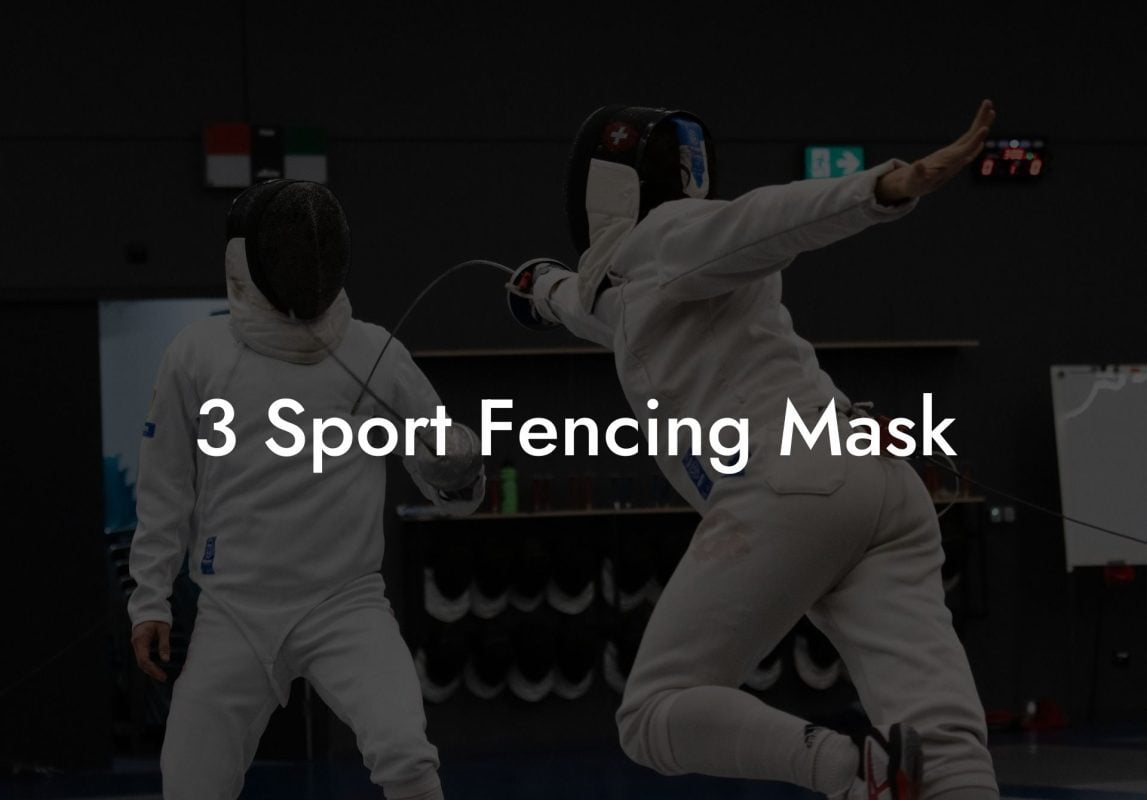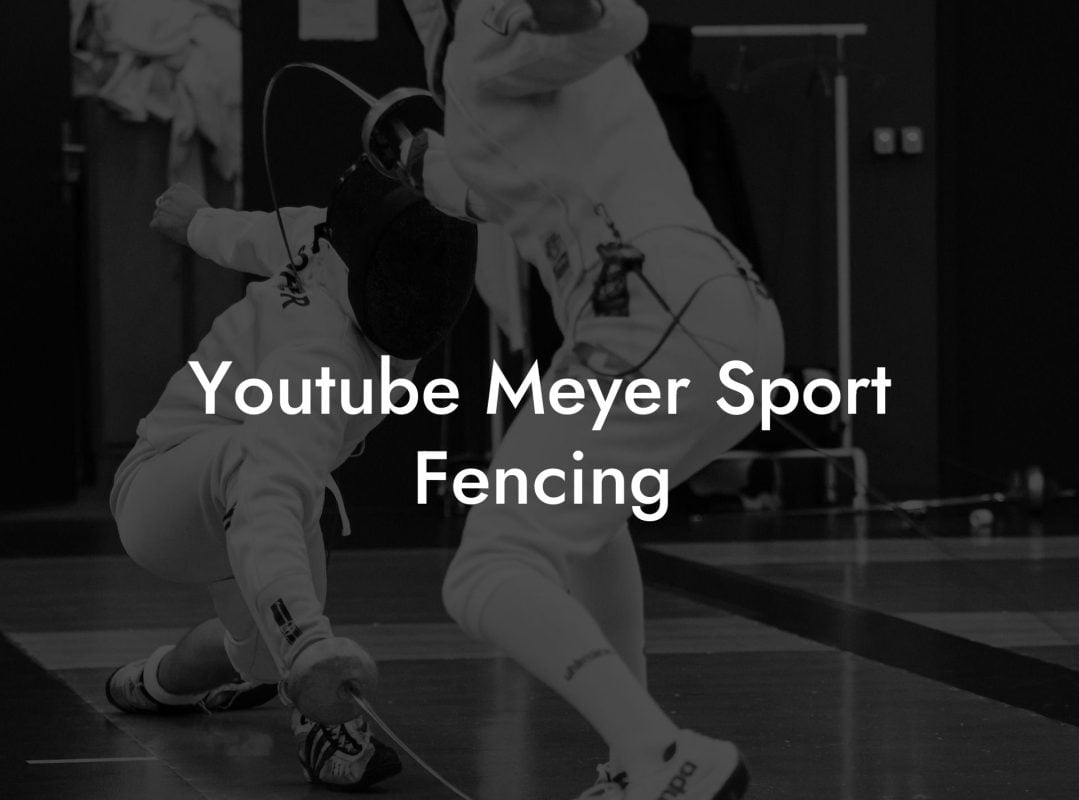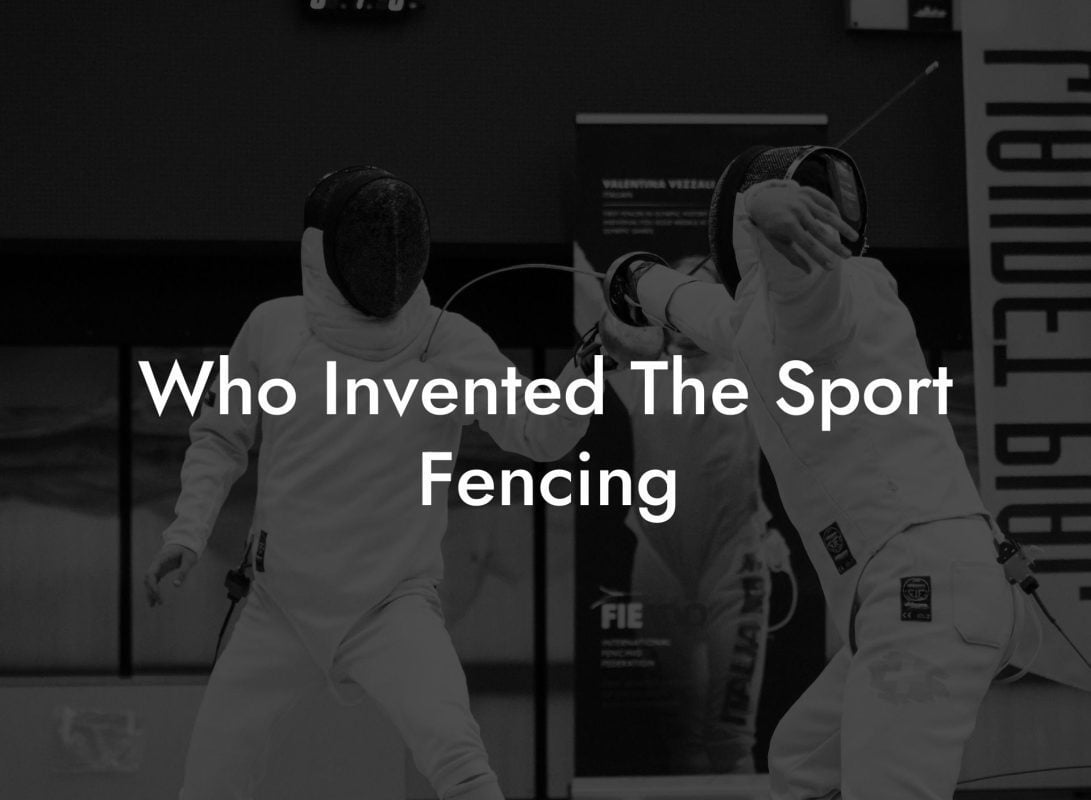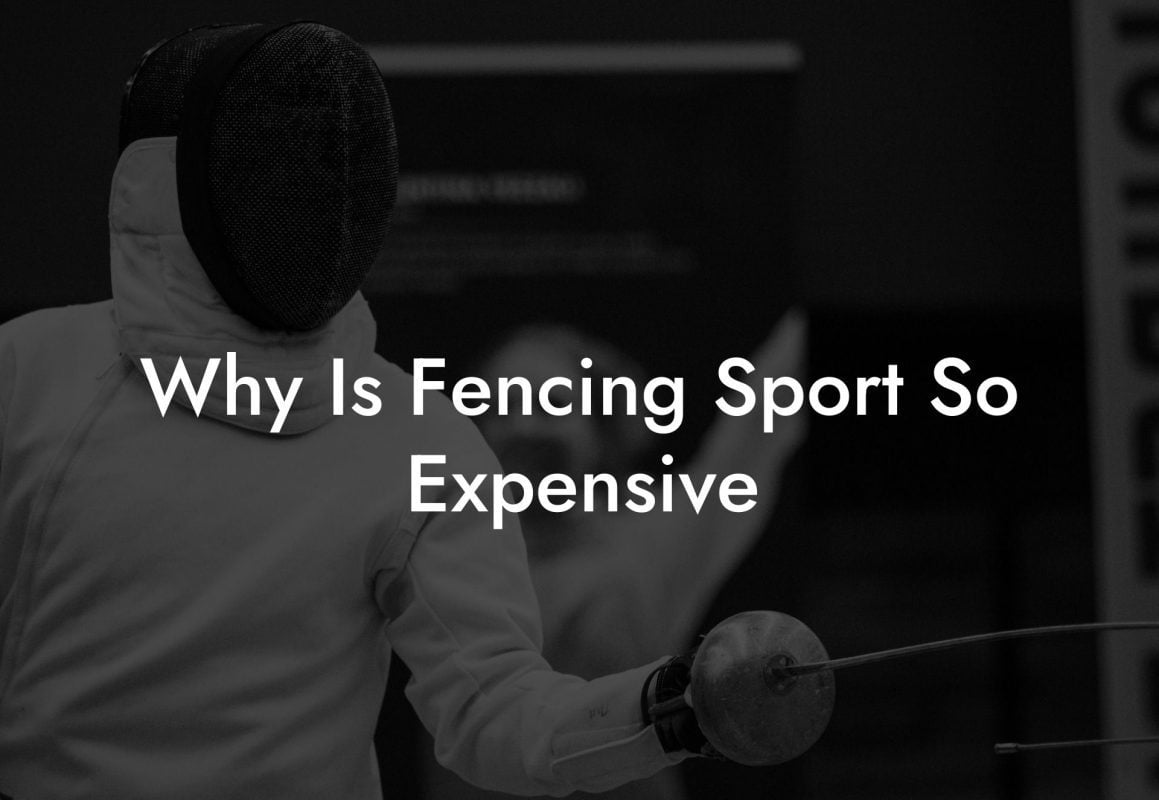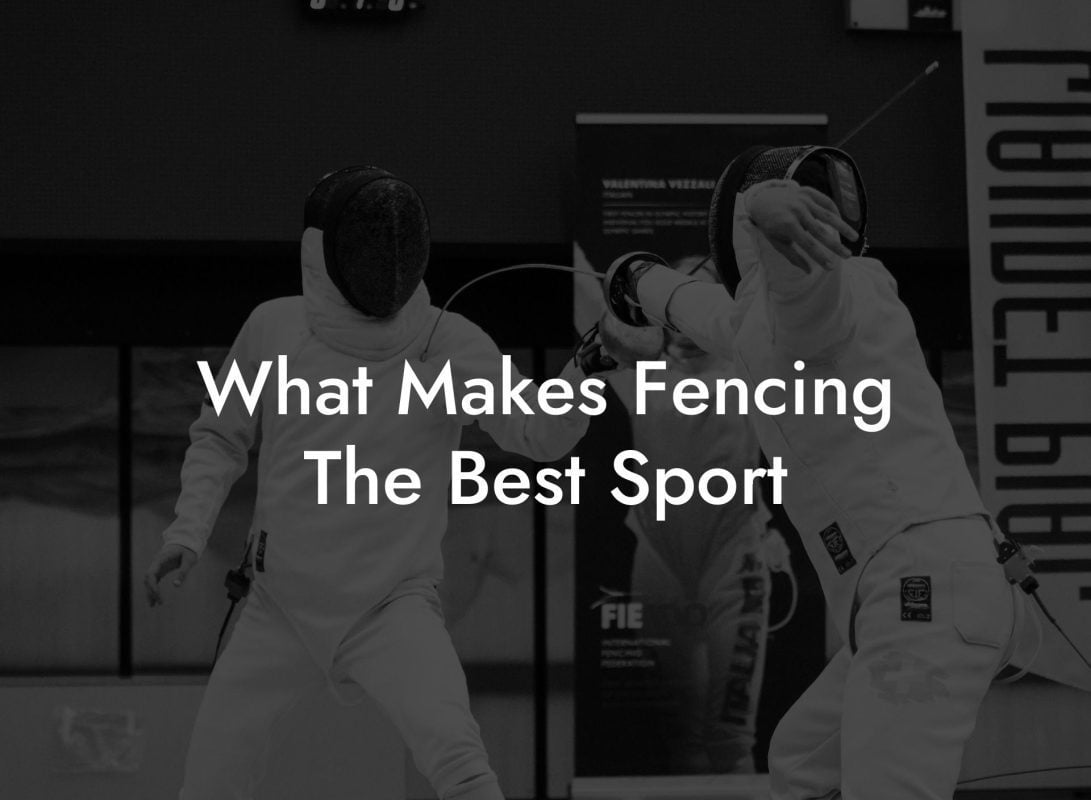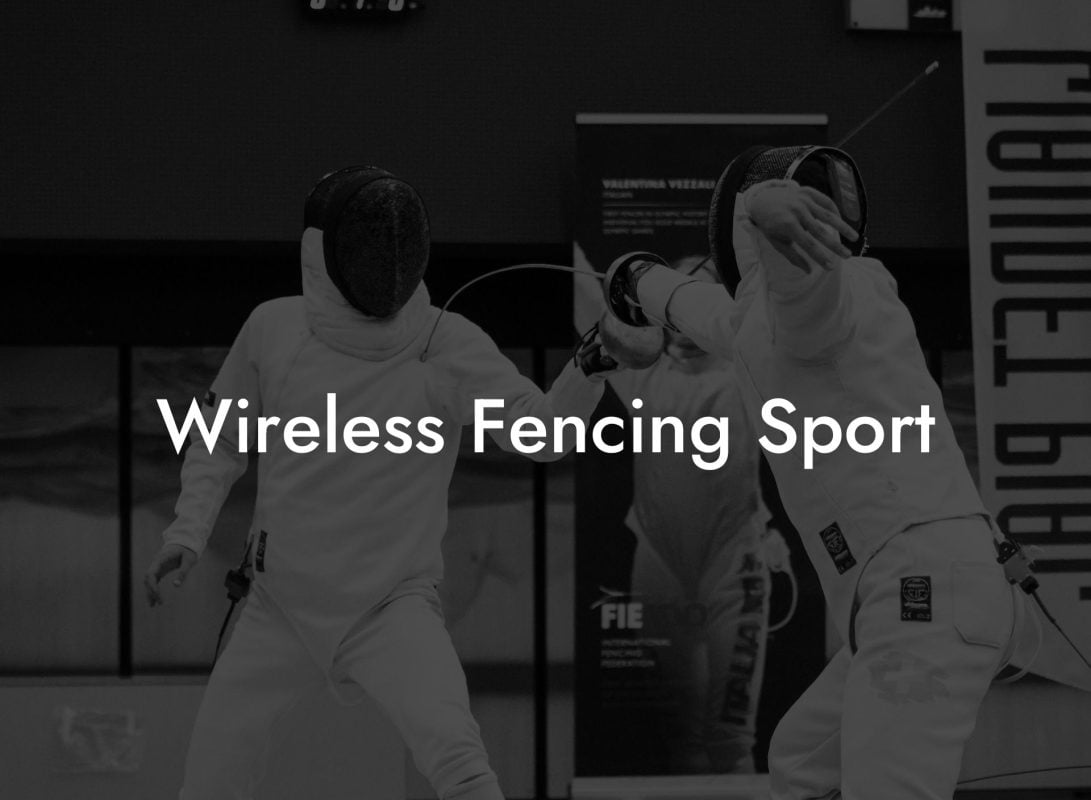Are you interested in the world of fencing, but worried about the cost of participation? You're not alone. The cost of getting started with a new sport can be intimidating, especially one like fencing, with its specialized equipment and potential club fees. In this article, we will explore the expenses associated with fencing, and help you determine if this sport is truly an expensive endeavor or a worthwhile investment in physical fitness and personal growth.
Is Fencing Sport Expensive Table of Contents
1. Fencing Equipment Costs
One of the primary expenses when starting out in fencing is the cost of the proper gear. This includes the following items:
- Fencing mask
- Fencing jacket
- Plastron (underarm protector)
- Gloves
- Breeches or fencing pants
- Socks
- Fencing shoes
- Weapon (Foil, Epee, or Sabre)
- Body cord and weapon cord
- Fencing bag
The cost of this gear can vary depending on the quality and brand you choose. You can expect to spend anywhere from $250 to $500 for a complete beginner’s set. Keep in mind that as you become more experienced and involved, higher quality gear may be necessary, increasing the overall cost. However, many fencing clubs offer rental equipment for beginners, which can help to lower these initial costs.
2. Club Membership Fees
Many fencers join fencing clubs to access coaching, classes, and practice space. Club membership fees typically include group classes and access to the club's facilities. These fees can vary widely depending on the club's location, size, and offered amenities. Some clubs may charge as little as $50 per month, while others charge upwards of $200 per month. It's important to research what each club offers, then decide which club is the best fit for your interests and budget.
3. Private Lessons
In addition to club membership fees, fencers often invest in private lessons for more personalized coaching and attention. Private instruction rates can vary depending on the coach’s experience and reputation; you can expect to pay between $30 to $90 per hour.
4. Tournament Fees
As you progress in the sport, you may want to compete in local, regional, or national tournaments. Entry fees for these tournaments can range from $20 to $200, with larger national events generally costing more. Keep in mind that travel expenses to out-of-town tournaments will also need to be factored into your budget.
5. Ongoing Maintenance Costs
Fencing equipment is subject to wear and tear, so gear will eventually need to be repaired or replaced. Replacement parts, such as blades or body cords, can vary in price but should be factored into your overall fencing budget. Regular maintenance, such as washing your gear or replacing worn grips, can help prolong the life of your equipment and minimize these costs.
Is Fencing Sport Expensive Example:
Imagine you're a beginner who's decided to pursue fencing as a hobby. You join a local club that charges $75 per month for membership. To save money, you opt to rent the club’s equipment for an additional $15 per month while you test the waters. After three months, you decide you love fencing and want to invest in your own gear. You spend $300 on a beginner fencing set. In the first year of your fencing journey, you also take ten one-hour private lessons at $50 per lesson, and participate in three local tournaments with an average entry fee of $50 each.
In this scenario, the expenses for your first year of fencing would break down as follows:
- Club Membership: $75 x 12 months = $900
- Equipment Rental: $15 x 3 months = $45
- Personal Fencing Equipment: $300
- Private Lessons: $50 x 10 lessons = $500
- Tournament Entry Fees: $50 x 3 tournaments = $150
Your total cost for the first year would be $1,895. Keep in mind that if you choose to continue fencing, some of these expenses, like equipment purchases, will be less frequent as you progress.
In summary, fencing can be moderately expensive, with initial costs ranging from $250 to $500 for equipment and ongoing expenses related to club fees, lessons, and competitions. However, the costs can be managed by taking advantage of club equipment rentals and choosing a club that best suits your budget. Ultimately, the benefits of fencing – developing physical fitness, mental agility, and camaraderie with fellow fencers – can make the financial investment well worth it.
If you found this article helpful, please consider sharing it with friends, and explore other guides on Anchorage Fencing Club’s site to further your knowledge of this captivating sport!



